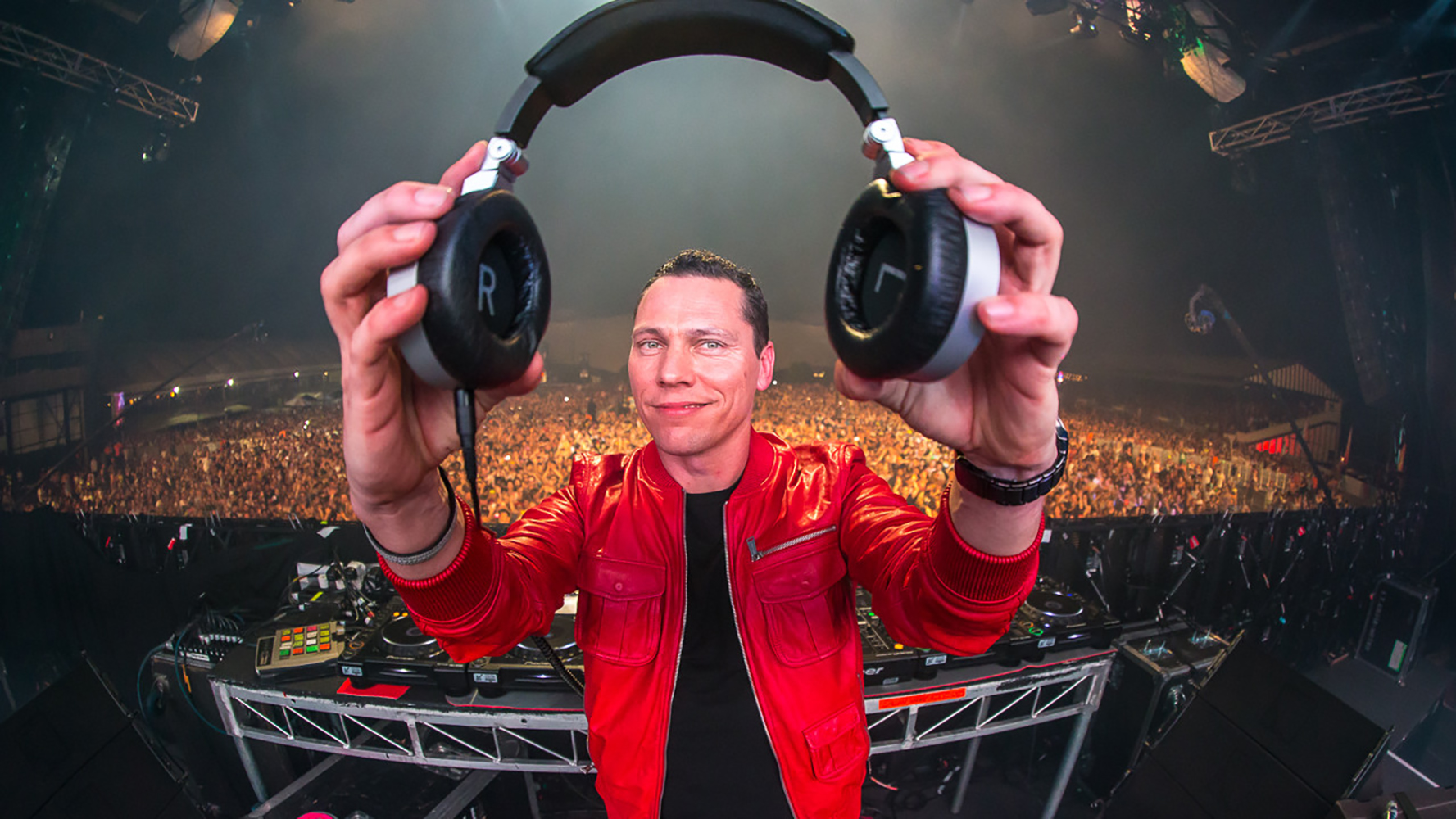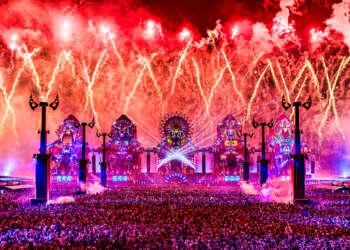If you’re a fan of Tiësto, chances are you already know this masterpiece. The renowned Dutch DJ and producer’s track ‘Adagio for Strings’ stands as a testament to the genre-defying nature of the electronic music he creates.
Originally composed by Samuel Barber, an American musician, in 1936, the piece underwent a stunning transformation when Tiësto adapted it for the EDM scene in the early 2000’s.
The Journey
The journey of ‘Adagio for Strings’ begins with Samuel Barber, an American musician and composer, known for his emotive and powerful compositions. The piece was originally part of his ‘String Quartet, Op. 11’, but gained widespread recognition when arranged for string orchestra. ‘Adagio for Strings’, with its hauntingly beautiful melody and profound emotional depth, became a staple in the realm of classical music.
As beautiful as it sounds, the piece has a truly horrific past. It made its entrance at a poignant juncture, as America grappled with the lingering effects of the Great Depression and Europe teetered on the brink of a second world war. ‘Adagio for Strings’ also became the nation’s unofficial anthem for mourning, as it was used at Franklin Delano Roosevelt’s funeral and after John F. Kennedy’s assassination.
Throughout the decades, the piece was used to evoke a sense of solemnity, most notably in the 1986 Vietnam War movie, ‘Platoon’. Here, the Adagio resonates repeatedly, capturing the pain and devastation synonymous with war.
By the 1990’s, ‘Adagio for Strings’ was still as popular as ever. An English musician and record producer by the name William Orbit released his version of the piece under the name ‘Barber’s Adagio for Strings’ in 1995. Orbit’s version was originally released on his album ‘Pieces in a Modern Style’, and was then re-released in 2000 by Warner Music. This album reached No. 2 in the UK album charts. ‘Barber’s Adagio for Strings’ was also the first single release from the album, as well as a dance music version of the track by Dutch DJ Ferry Corsten.
The Turning Point
While countless others have contributed to the growing and continued popularity of ‘Adagio for Strings’, Tiësto is the main reason the song is repeatedly played on stages across the world as a dance music anthem. By the early 2000’s, Tiësto was a pioneer in the world of electronic music, which led him to take the bold step of reinterpreting this classic gem. The now 54-year-old released his version of the piece as a single in 2005- the fourth single from his album ‘Just Be’, and it quickly became a sensation in the EDM community. His composition adopts the medoly of the piece, originally in ¾ time, and transforms it into a 4/4 time signature. Tiësto’s adaptation retained the soul-stirring essence of Barber’s composition, while infusing it was a pulsating electronic beat, creating a sonic experience that transcended traditional boundaries. The juxtaposition of classical orchestration and electronic elements in ‘Adagio for Strings’ displayed Tiësto’s ability to bridge the gap between two seemingly disparate music genres.
The track’s impact was felt far beyond the dance music scene. ‘Adagio for Strings’ became a true anthem, not only for electronic music enthusiasts but also for a broader audience seeking a profound and emotional sonic journey. Its soaring melodies and climactic builds made it a favorite for both intimate show settings and enormous festival stages.
The Tiësto Effect
The success of ‘Adagio for Strings’ marked a pivotal moment for Tiësto, propelling him further into the global spotlight and contributing to a more mainstream acceptance of electronic music. In 2013, his version was voted by Mixmag as the second greatest dance record of all time, directly behind Daft Punk’s 2000 release ‘One More Time’.
Today, ‘Adagio for Strings’ is still played on festival stages across the world. It has also been featured in various film soundtracks and played at historic events over the years. Tiësto’s version has become an iconic representation of the EDM genre as a whole, and its ability to evoke deep emotions and connect with its listeners on a visceral level.







